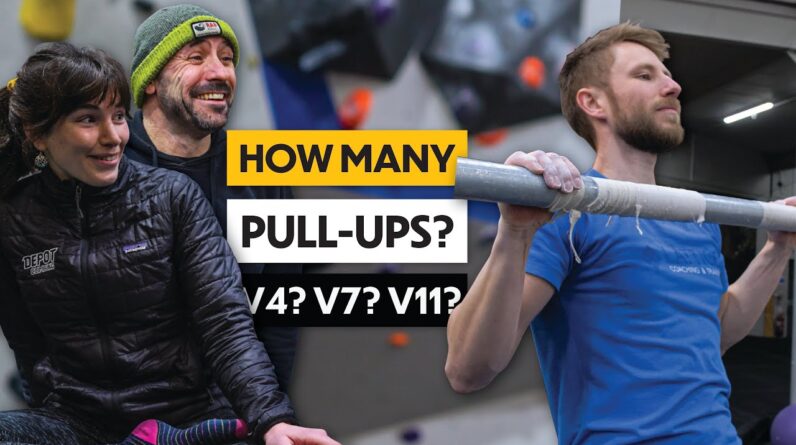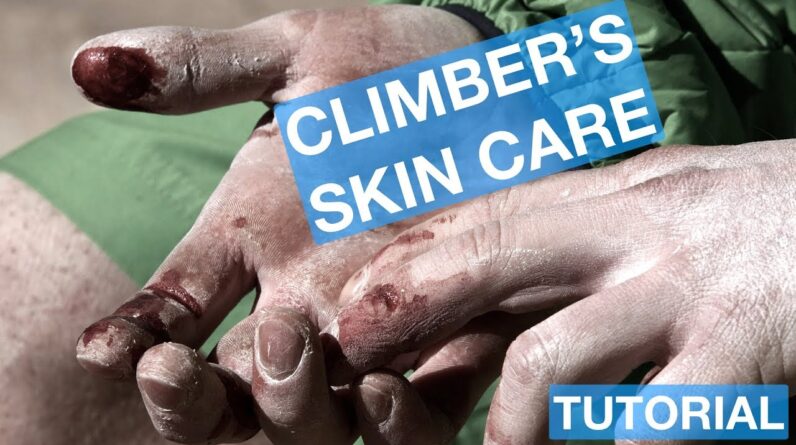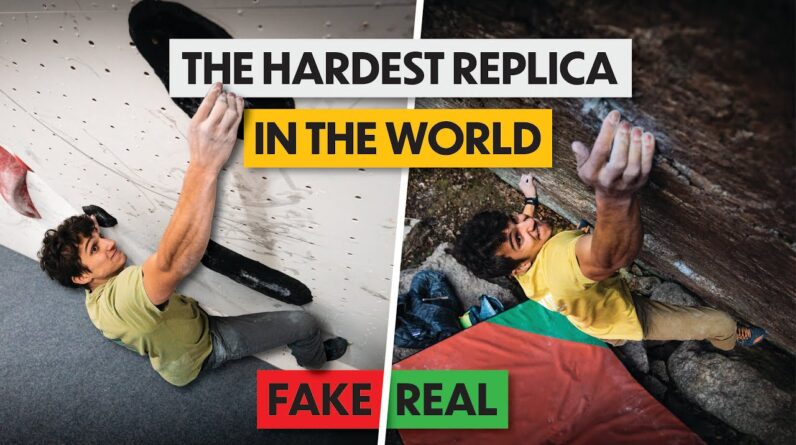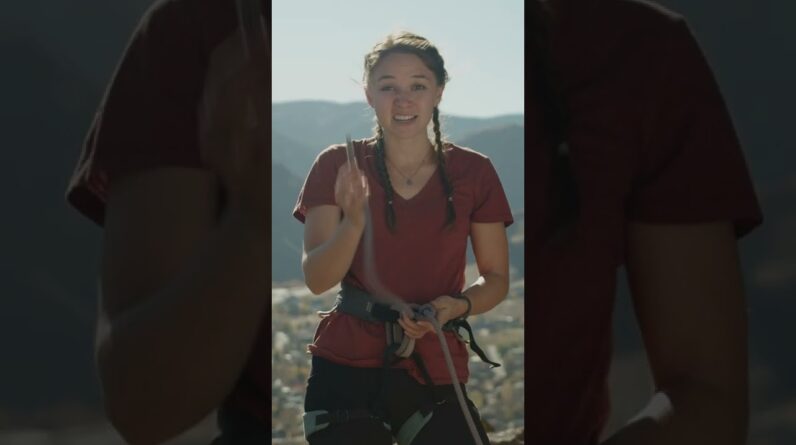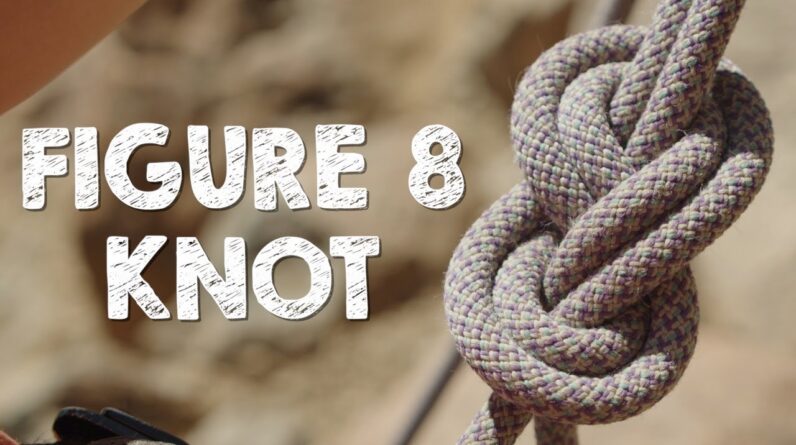
Finger injuries are very common in climbing and these types of injury are quite unique to the sport. For this reason we always recommend people seek advice from a climbing specialist. Luckily for us we know an excellent physiotherapist, James Walker from The Sheffield Climbing Clinic. James joins us today to talk about one of the most common finger injuries, a pulley sprain. Harley, our product manager recently had a pulley sprain and worked with James so we use this as a case study to explore James process through diagnosis, rehab exercises and return to training.
Today we’re going to be talking about One of the most common climbing injuries And how we’re going to rehab that [Music] My name is harley and i’m the designer Here at lattice and i’m joined today by James Hi yeah i’m james i’m a physiotherapist From the sheffield climbing clinic i Specialize in treating climbers Basically Harley presented to me uh in the clinic And he said that he had been having Um pain in the base of his uh left Middle finger and it was about two and a Half months that you’d been having that Um you’ve been having that pain so yeah Just remind us of what what happened Yeah so i’d uh open my training load i Was preparing for a trip to font And that increase in load i started Getting pain in the base of my finger And that was an indication kind of when That pain didn’t go away That i needed to go and get a scan and See james in the clinic yeah yeah and i Think i remember there was there wasn’t Like a sort of specific incident where You sort of pulled really hard and heard Like a pop or or or something like that It kind of almost like gradually yeah They came on wasn’t it the pain um Presented itself in um kind of at the End of a session yeah it just it grew
And grew um and not a huge amount of Pain but it was it was there and it was Consistently there Yeah and that’s something that i kind of Really commonly see with with climbers This um Sort of potentially a period where They’ve decreased volume or intensity as I say we saw a lot of that throughout The lockdowns and then Things opened up or you were able to to Travel again and for example you going On a trip to font and just get that Psych to train get strong um and and Things like that and And again that if you have like a real Classic like um Uh like a poly tear or something like That it’s quite obvious and you can’t Really continue to train but in harley’s Example it was one of those where there Was some background pain but he could Kind of keep training and then there’s That thing of well it’s not that bad and It settles but then it’s still there and Then a couple of months down the line It’s kind of um Become a A bit more of a major a major thing Hasn’t it so yeah as you say you’d you’d Had a couple of months where this kind Of finger injury was just sort of There wasn’t it wasn’t really changing As such despite some of the stuff you’d
Done so so Um The the the first thing we we did really Is is have an assessment and it was the Classic things of it was soaring half Crimps or in full crimp it was so of Kind of push at the base of your finger So what we did then is is did an Ultrasound scan a diagnostic ultrasound Scan and what that does is allows a sort Of look inside the The finger Um and basically what we saw is that This was just a um an a2 Pulley strain or irritation um And it’s important to get that sort of Correct diagnosis because there’s a Couple of things it it could be a polite For example A tenocynovitis which is like Inflammation of the the tendon sheath um Or just a flex attendant strain and the Way that you would manage and and rehab Those is is all kind of um very very Different so it can be a little bit Confusing because you get a diagnosis of A strain Or an irritation you thought well how Has that been going on for so long it’s Nothing too major but that’s the point It’s not too major so that’s why you Could carry on for two months you know What i mean so getting that right Diagnosis was was important
And then that’s when we could go on to The rehab the first thing we did is Spoke about your um Climbing and training load so one of the The things that we had to change is the Sort of volume and intensity of your Climbing you were still at that point uh Doing a bit of doing some fingerboarding Um and you were still climbing uh Reasonably in intensely because you were Saying like well it kind of is about the Same if i train or not so i kind of just Want to keep training and and things Like that so the first thing we did is Completely discuss and talk about how we Can change that to uh to allow the Finger to kind of uh settle and then Hopefully ramp it back up but one of the Things i did recommend was um Uh doing some loading of the of of the Finger um but at a reduced capacity so For example you were fingerboarding uh On a overhead fingerboard but the one Thing that i like to use a lot with with Climber’s finger injuries is they’re Sort of um the the pickup devices so why Do you like to use pickup training Devices as opposed to dead hanging off a Fingerboard so there’s a couple of Reasons really with um the the the main Thing is that The decreased intensity You can use um A normal fingerboard with weight taken
Off for example using like a pulley System But say for example you want to Specifically load one hand to be able to Take enough weight off so you can do a Low level of loading uh And actually a higher level of volume Because when you’re rehabbing you might Fingerboard i don’t know twice a week on A normal fingerboard whereas with rehab You can actually load the fingers on a Daily basis So The key with rehab often like training Is consistency So to be able to get the loads low Enough to be able to load your fingers Every day not get too fatigued single Arm on a normal fingerboard it’s a bit Of a faff basically isn’t it you know Setting up a pulley system and doing That and a lot of people don’t have Pulley systems at home so with a Portable uh device you can put five Kilograms 10 kilograms things like that Have it in your living room and you can Be kind of lifting and loading it on a Daily basis Okay so uh we used the uh quad block for Um the rehab of harley’s finger so the Three grip types we decided on uh for Harley was the Wide pinch like so We also used a
Three finger drag on the 30 mil edge um And also a four finger um half crimp Okay so let’s go through those grip Types in a bit more detail The first one we did was a three three Finger drag so three finger drag is Where using these uh front three uh Fingers here um little finger isn’t Engaged at all and you’re in this kind Of open hand position okay And then we can lift like so Um and the reason we do that is because The three finger drag puts uh less Stress through the the pulley system Than a half crimp um we obviously use The half crimp as well but what the Three finger drag means is you can put Higher levels of load Sooner without pain compared to the half Crimp So yeah this let’s quickly go through That half crimp so it’s the same Position Same edge but this time you’re using all Four fingers and you want to get into This half crimp position so that’s Characterized by all the four fingers And you want to look at this sort of Pip front joint uh here middle joint Here sorry um as being at about 90 Degrees and then you’re in that position And you’re lifting up like so in terms Of using the the half crimp um we use This because it more specifically
Loads the the pulley itself and that Will trigger an adaptive response by the Body and therefore get it stronger and More uh tolerant to load and it’s uh one Of the grips that was the most painful For harley when he was climbing and Training and then the last grip type we Used was the wide pinch So that is using the Top wide pinch here And again we can lift up like so And the reason we used uh this one is The wide pinch will uh load the the Pulley to a certain extent but a lot of The the rationale behind that one was When you’re rehabbing and this is what a Lot of climbers ask us you know am i Going to lose a load of strength how can I maintain that and actually the pinch Grip is a nice one to include just to Maintain some climbing specific strength In terms of the sort of protocol we we Decided on we were doing the the three Different uh grip types and we were Doing three repetitions Of 30 second holds okay And we were actually doing that on a Daily basis um and actually with Rehabilitation often the frequency of um Loading the tissue can be uh much higher Than you would do if you were say Training normal fingerboarding and the Reason for that is because we actually Want to
Stimulate the tissue and get that sort Of response by the body and the brain to Kind of um adapt uh that tissue and and Really with the the injury that um Harley had being an a2 pulley strain That can cope with some uh daily loading The the reason that we did um the the 30 Seconds is because um There’s there’s some kind of evidence to Show that what we call long duration you Might have heard of them called uh Density hangs things like that um can Actually uh have a little bit of a pain Relieving effect on uh on on tissue and Also with the with the long duration it Means that um You can maybe get a bit more effect out Of lower loads rather than if you say do A 10 second lift by the time you’ve Loaded The tissue um you’ve almost kind of put It down before you’ve picked it up Because the other thing that we want to Do as well is it’s important to Understand with rehab that you are Helping to desensitize the tissue Fingers are notorious for being um what Called pain sensitive so doing these Long duration uh hangs can actually Teach your brain and encourage you your Brain not to be so sensitive to the load One of the obvious important Considerations is uh well how much load Do we use when we’re doing these
Exercises and um When do you progress and is it okay to Have pain during the exercises and Things like that so the first thing We did harley was assessed this in the Clinic didn’t we um so we tested these Grips in the clinic and actually sort of Built up The the load um itself to the point that We were we were comfortable um With that and the way that we decided is Um It’s basically it’s okay to get a bit of Discomfort during these uh exercises um And that’s a good way of knowing when The load is kind of appropriate but not Too much obviously the different grip Types will allow different levels of Load so you need to test them all the Most important thing is that You don’t basically don’t irritate the Finger so a little bit of discomfort at The time one two out of ten maybe even a Three is is absolutely fine as long as After the session in a few hours After the loading the finger feels Pretty much as it was or back to normal And certainly 24 hours afterwards it Hasn’t irritated or become more painful Or for example the next time you do your Lifts it feels a lot worse and in terms Of knowing um When to progress it’s very different for Different people the principle of rehab
In general is progressive loading so you Want to increase the amount of load on The tissue over time so that the body Will adapt to that load and get it get It stronger and more load tolerant so Usually we find that people um increase The the load around about every two to Three days because again you’re doing This Loading every day and how much you Increase that load by it is kind of up To you the grip types will be different But usually again people increase it by Two between two and three kilograms each Time that they Are loading but don’t don’t get fixated On having to do that you might in your Rehab um Get a little bit of a of a plateau and That’s absolutely fine and then you can Increase it a little bit of a a later Date the last thing to say is about um The the progression of the duration of The the hangs so for example as you Increase the the weight say we’re Getting up to maybe 20 kilograms added For these different grip types doing That for 30 seconds becomes quite Fatiguing really and that’s the main Thing that’s stopping you progressing so What we would usually do in In in the rehab is bring down the Time what we call time under tension so We mostly keep at the same
Um sets and reps however you would bring That time under tension maybe down to 20 Seconds and then maybe down to 10 Seconds as you’re getting up to higher Loads and that’s more in keeping with Potentially how you would train on a Normal overhead fingerboard and that Makes that transition into that a little Bit easier as well so one of my Questions at the end of that rehab Protocol uh was when could i start dead Hanging again yeah that’s that’s a That’s a good question so we get this a Lot really people asking us When can i stop rehab and start training And i think what they really mean by That is This is the training i was doing before I hurt my finger When can i get back to that And i think what’s important to Understand is it’s not kind of just two Separate things rehab and training Really are The same sort of thing you just come in From a different sort of Level of intensity or starting point Really so if you think about it when we Were rehabbing we were trying to put an Appropriate load Through your finger and progress that Load so that the tissue adapts becomes Stronger more tolerant to stress but That’s exactly what you’re doing
With training we just call it strength Training do you know what i mean because You’re doing exactly the same thing You’re adapting the muscles you’re Adapting to fingers um And and things like that but so so it’s Not a case of thinking well when can i Stop this and start that there’s this Sort of transition into it and it’s the Same with on the wall as well you know When can you get back to board climbing When can you back to High intense stuff like campus in this Is always the the questions We have but you have to almost break it Down and and try and again that same Principle of progressively building it Up oh well it was fascinating talking to You today about rehab thanks for coming In And thanks for following along at home Uh and if you’re interested in getting a Quad block for yourself there’s a link In the description below If you liked what you saw today please Hit subscribe and we’ll see you next Time [Music] You

